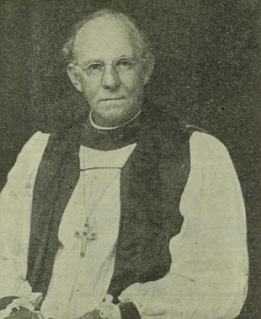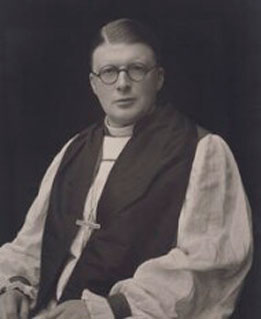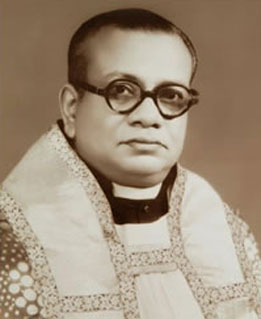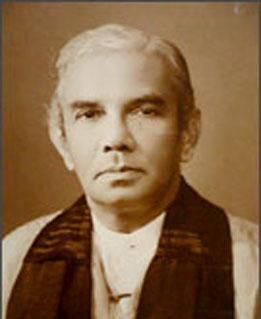History
Bishop Mark Carpenter Garnie

Bishop Cecil Douglas Horsley

Bishop Harold de Soysa

Bishop Cyril Abeynaike

It was on the 28 of October 1968, that the central foundation stone was laid during the Episcopate of Bishop Harold De Soysa the first Sri Lankan Bishop of Colombo. The architects selected were Mr. T. W. Wynne-Jones for the structure and Mr. Wilson Peiris for the design. Bishop Harold De Soysa did not to live to see the Cathedral. Before, construction commenced, a Boy Scout Movement jamboree helped to a great extent to clear and level the site.
A large and well ordained service of thanksgiving on the 7 of November 1973, saw a vast congregation of worshippers present at the inauguration of the Cathedral of Christ the Living Saviour. Bishop Cyril Abeynaike presided. What began as a resolution for the building of the Cathedral at the Public Hall in 1910 had now reached the greater part of its fulfillment.

